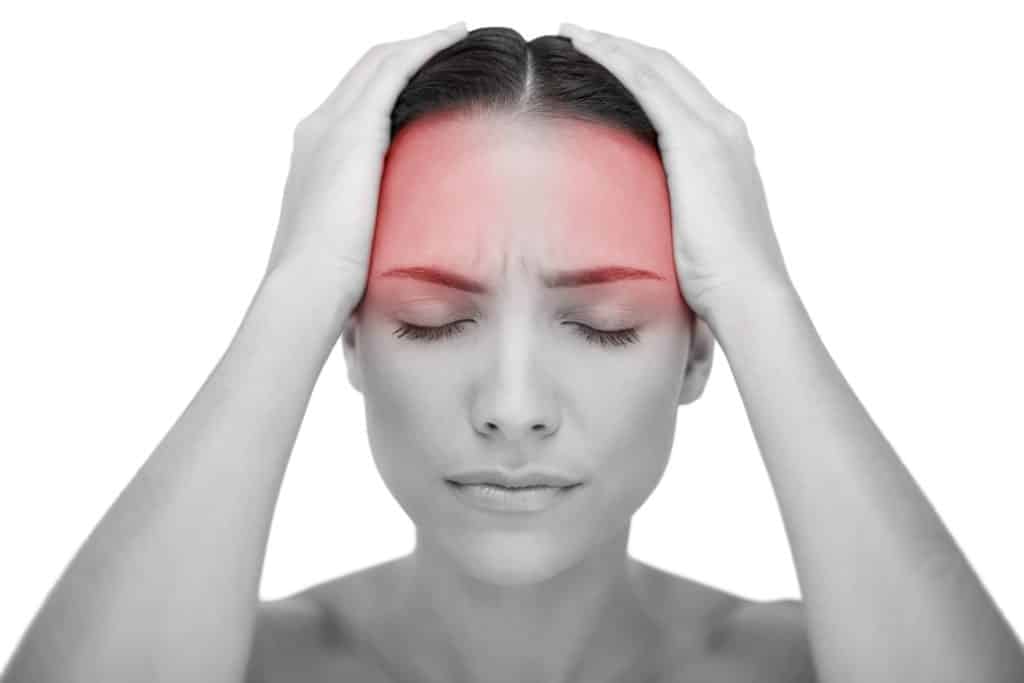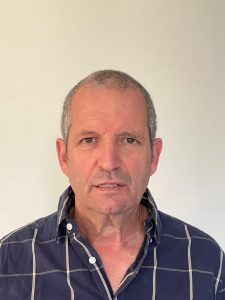Many people think a migraine is simply a “strong headache,” but the reality is much more complex. Behind the term lies an entire spectrum of neurological conditions: some begin with early warning signs, others appear suddenly, some affect vision, and some occur without any headache at all. Understanding the different types of migraines and their triggers is a key step in coping with this condition.
Not Just a Headache: Types of Migraines
-
Migraine with Aura (Classic Migraine): occurs in about 25% of migraine sufferers. It is expressed in temporary neurological symptoms such as flashes of light, tingling, speech difficulties, or zigzag lines in the visual field. The aura stage usually lasts 20–60 minutes and often appears before the headache itself.
-
Migraine without Aura: the most common form, accounting for about 60–70% of cases. It features strong, one-sided pain, often accompanied by nausea and high sensitivity to light and noise.
-
Less common types include:
-
Hemiplegic Migraine: resembles a stroke, with temporary weakness in the limbs or impaired speech.
-
Retinal Migraine: affects one eye and may cause temporary vision loss.
-
Silent Migraine: aura symptoms without headache.
-
Chronic Migraine: more than 15 headache days per month, significantly affecting quality of life.
-
What Triggers Migraines?
Everyone has personal triggers, but research highlights common ones. Emotional stress is involved in nearly half of cases and may even trigger a new attack out of fear of the next one. Other common triggers include lack of sleep, hormonal fluctuations (especially in women), and sudden weather changes.
Dietary factors also play a role, such as red wine, dark chocolate, aged cheeses, and preservatives. Environmental triggers include flashing lights, loud noises, or strong odors. While it is not always possible to avoid all triggers, recognizing personal patterns can help reduce exposure and prepare for coping strategies.
What Happens in the Brain During a Migraine?
Migraine is a complex neurological process. Nerve activity in the cortex creates a slow electrical wave, leading to visual disturbances, tingling, or confusion, which then activates the pain system. Blood vessels in the brain first constrict and then expand, releasing substances such as CGRP and Substance P that intensify the throbbing pain. The trigeminal nervous system becomes highly sensitive, causing extreme sensitivity to light, sound, and touch.
Approaches to Coping with Migraines and Aura
Coping with migraine often involves combining different approaches. Alongside conventional medication, non-invasive methods are also used to help reduce symptoms and support quality of life.
One innovative technological approach is the 4Gates device, developed in Israel. The system is based on simultaneous stimulation of selected trigger points in the hands and feet. It is designed for home use, non-invasive, and drug-free, aiming to activate natural body mechanisms linked to endorphin release—chemicals associated with relaxation and reduced tension. Users have reported improved coping with attacks and relief of pain sensations.
The device is manufactured in Israel according to European CE safety requirements, combining advanced technology with principles from physiotherapy and complementary practices.
Conclusion
Migraines in general—and migraine with aura in particular—are complex conditions that affect millions worldwide. Understanding aura mechanisms, identifying personal triggers, and exploring complementary approaches may help improve coping and quality of life. The 4Gates device provides an accessible, non-invasive technological option to support daily life for those living with migraine.

